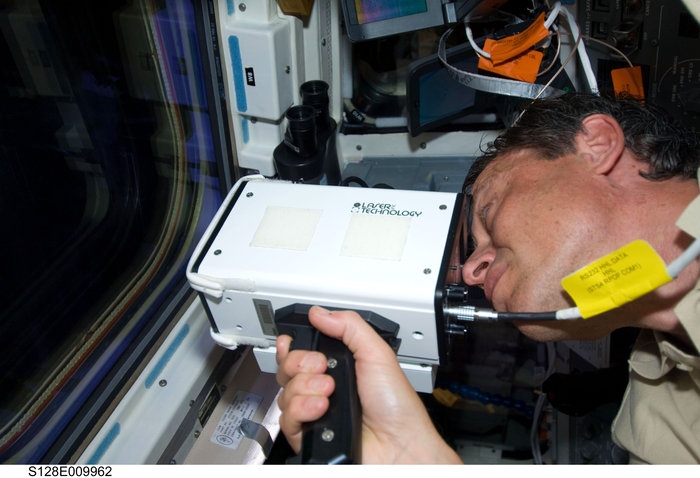What systems are used for range, speed and alignment when docking in orbit? Whether automatic, human controlled arm, or Apollo style human controlled ship to ship?
Playing Kerbal Space Program, I have my speed, range, and direction in game. Granted docking is still somewhat difficult, keeping all of these things in range.
I'm wondering, when docking to the ISS, or even earlier stations, what systems were used to enable docking? When trying to dock in game, I need to know, at the very least, my speed and my range. Lately they have been using Dragon (SpaceX?) docking capsules to resupply the ISS. What systems are used remotely or robotically to dock these modules?



